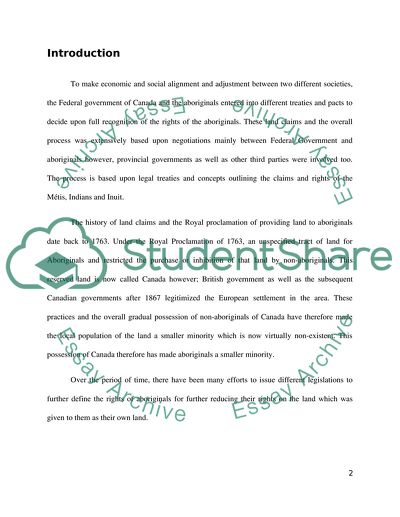Cite this document
(“Not Found (#404) - StudentShare”, n.d.)
Not Found (#404) - StudentShare. Retrieved from https://studentshare.org/law/1771287-political-sciencce
Not Found (#404) - StudentShare. Retrieved from https://studentshare.org/law/1771287-political-sciencce
(Not Found (#404) - StudentShare)
Not Found (#404) - StudentShare. https://studentshare.org/law/1771287-political-sciencce.
Not Found (#404) - StudentShare. https://studentshare.org/law/1771287-political-sciencce.
“Not Found (#404) - StudentShare”, n.d. https://studentshare.org/law/1771287-political-sciencce.


